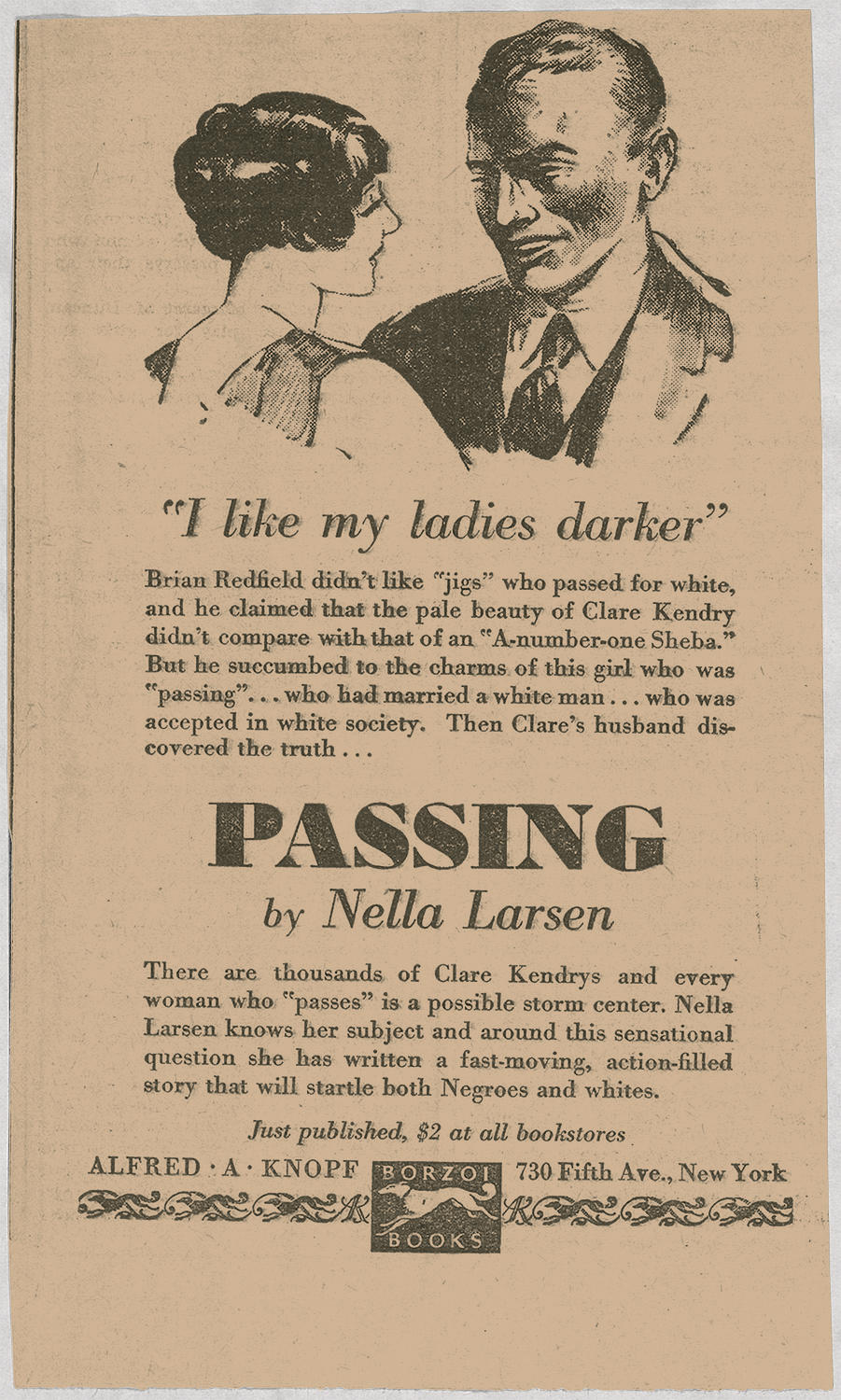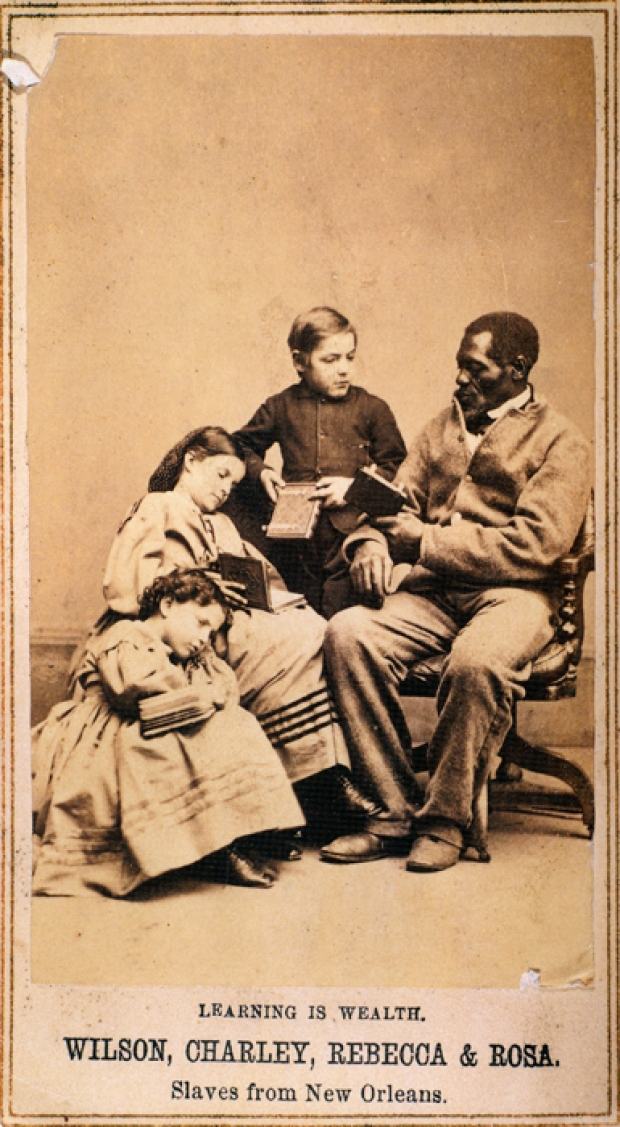Identity as Skin Color: Performing a “White” Identity in Caucasia
Scholars: Journal of Undergraduate Research
Issue 16 – Winter 2011
McKendree University Online Journal of Undergraduate Research
Lebanon, Illinois
Anastasia Bierman
‘My body would fill in the blanks, tell me who I should become, and I would let it speak for me,’ says Birdie Lee, the lost and searching multiracial protagonist of Danzy Senna’s novel Caucasia (Senna 1). The ‘blanks’ are her identity, agency, and individuality. Satirically, Birdie acknowledges the impossibility of a body speaking for a person, but she also points out that with race, a person’s body does speak for him/her. Danzy Senna, in writing Caucasia, exposes identity and the race one affiliates with as a facade someone can assume rather than a concrete, unchangeable sense of self. As Birdie shows throughout the novel, identity is perception as she takes on the identity of Jesse Goldman, a young Jewish girl, in a small, racist New Hampshire town while she is really a young half-black, half-white girl who grew up in Boston during the racial upheaval of the 1970s. The novel follows Birdie from ages 8 to 14, from Boston to New Hampshire back to Boston again. Birdie’s parents, Deck and Sandy Lee, strive to create a family blind to the racial stratification surrounding them. Living blind to race eventually destroys the family and forces them to play the racial game, causing the family to split up and separating the sisters, Cole, Birdie’s darker and older sister, and Birdie. In this separation, they revert to the roles they are most able to fit, not the ones in which they most identify. For Sandy and Birdie, it is White, and for Deck and Cole, it is Black. Birdie loses her true sense of identity by passing and performing as opposed to possessing it. She feels fragmented and disembodied, looks to other people for her own sense of self, developing a double consciousness.
Race is like a crayon box configuration; it attempts to assign a distinct name to a color that could have various hues. A ‘black’ person is anyone with a brown tint to their skin while a ‘white’ person is more or less a peach colored person. As it relates to a person, the colors ‘black’ and ‘white’ are not exactly what they seem to be. Anyone with lighter complexion can be categorized as white even though the person’s ethnicity can be anything from Italian to Asian-American. Critics Joan Ferrante and Prince Browne Jr. agree with this by pointing out, ‘Whether people fit into a racial category or not, the categories remain central to how people think about their own identity and the racial identity of others’ (Ferrante 113). The key is the physical appearance and the perception of that physical appearance to others. Performing identity, however, is only essential because of the many problems race creates for Birdie Lee and her family. Race, in Caucasia, permeates everything around the Lee family, even the construction of the family. The effect, psychologically and socially, is the breakdown of their family unit, loss of relationships, and obsessive focus on color…
Read the entire article here.




